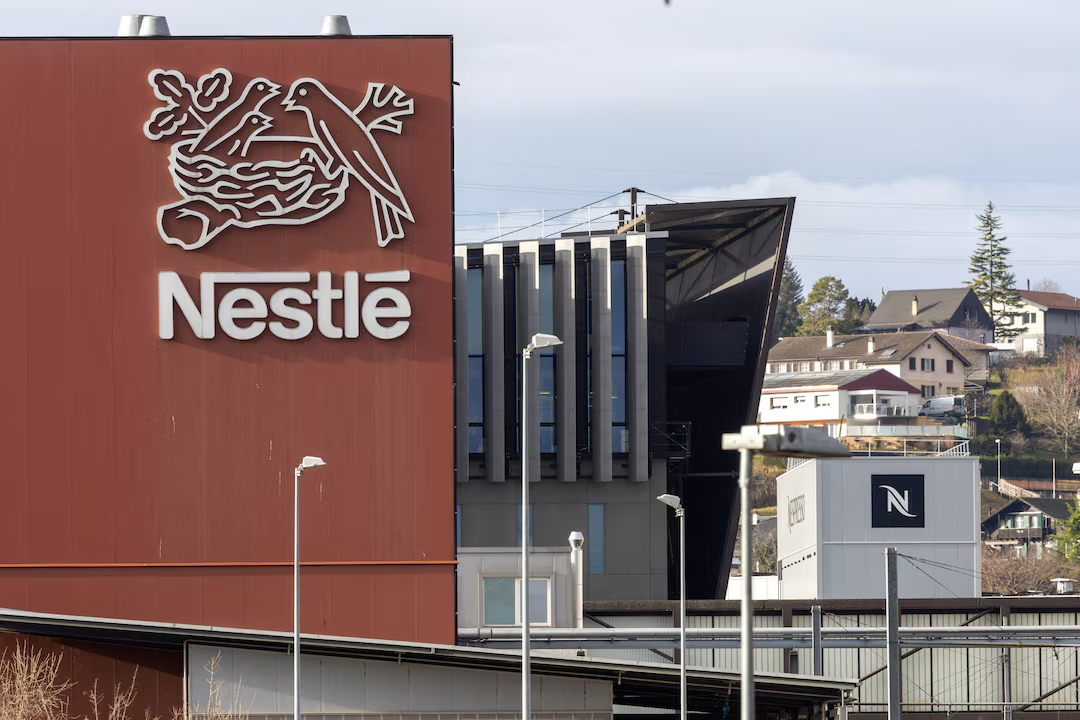In a landmark update to the global food industry, Nestlé (NESN.S) has reported better-than-anticipated annual sales growth, surpassing market expectations and signaling some positive momentum despite a difficult operating environment. However, the world’s largest packaged food company, known for iconic brands like Nescafé and Maggi, has cautioned that its profit margin will shrink in 2025, a reality likely to stir conversations among investors, analysts, and global consumers alike.
Nestlé’s CEO Laurent Freixe, who took the helm amid a turbulent period for the company, delivered a solid performance with annual sales figures that were buoyed by price increases, offering a glimpse into the company’s capacity to navigate through challenging economic conditions. For 2024, Nestlé’s organic sales grew 2.2%, aligning closely with analyst expectations, but still marking the company’s lowest organic growth in 25 years. The Swiss-based food giant is projecting an even stronger full-year organic sales growth for 2025, a testament to its recovery strategy.
However, despite this promising sales uptick, Nestlé’s profit margin outlook for 2025 has caused concern. The company anticipates an underlying trading operating profit margin of at least 16%, a dip from the 17.2% recorded in the previous year. This reduction, according to Freixe, reflects necessary investments for growth, suggesting that the company is prioritizing long-term profitability over short-term financial performance.
In the face of soaring input costs, particularly in the key areas of coffee for Nescafé and cocoa for Kit-Kat production, Nestlé has opted to absorb some of these expenses rather than passing them entirely onto consumers. Despite these commodity price hikes, the company is committed to keeping price increases modest, with a 1.5% price rise last year slightly outpacing analyst expectations of 1.4%. Freixe and his leadership team have made it clear that driving volume growth and restoring investor confidence are central to their strategy moving forward.
Nestlé’s 2024 sales totalled 91.35 billion francs, a 1.8% decline from the previous year, with net profit falling 2.9% to 10.88 billion francs. While these figures underscore the impact of external challenges on the company’s profitability, they also reflect Nestlé’s determination to stabilize its position in the global market. As Freixe himself mentioned, “The environment remains very challenging, but we believe that the 2024 results mark a new beginning.” Analysts, including Vontobel’s Jean-Philippe Bertschy, have echoed this sentiment, suggesting that Nestlé’s strategic shift will likely pave the way for improved results in the near future.
Meanwhile, Nestlé’s competitors, like Unilever, took a more cautious approach last year by slowing price hikes in an effort to woo back price-sensitive customers. Nestlé, however, held firm on its pricing strategy, a decision that partially explains the company’s ongoing struggle to regain lost sales volume. Nestlé’s resilience amid rising raw material costs and other challenges has been noted positively by investors like Simon Jaeger from Flossbach von Storch, who highlighted Freixe’s focus on execution and cost-cutting measures.
Nestlé is also positioning itself for long-term success, with ambitious plans to save 2.5 billion Swiss francs ($2.75 billion) by the end of 2027. Already, the company has secured more than 300 million francs in savings for 2025, demonstrating early signs of cost efficiency and strategic execution.
As the global food industry continues to evolve, Nestlé’s ability to manage cost pressures while delivering consistent growth will be a key factor in its future success. For now, the company remains committed to driving innovation, improving operational efficiency, and strengthening its position in an increasingly competitive market.
Stay ahead with the latest news on global innovation, leadership, entrepreneurship, business, and tech. Join us on WhatsApp or Telegram for real-time updates. Have a report or article? Send it to report@theinnovationtimes.com. Follow us on X (Twitter), Instagram, LinkedIn, YouTube, Pinterest, and Facebook for more insights and trends.


